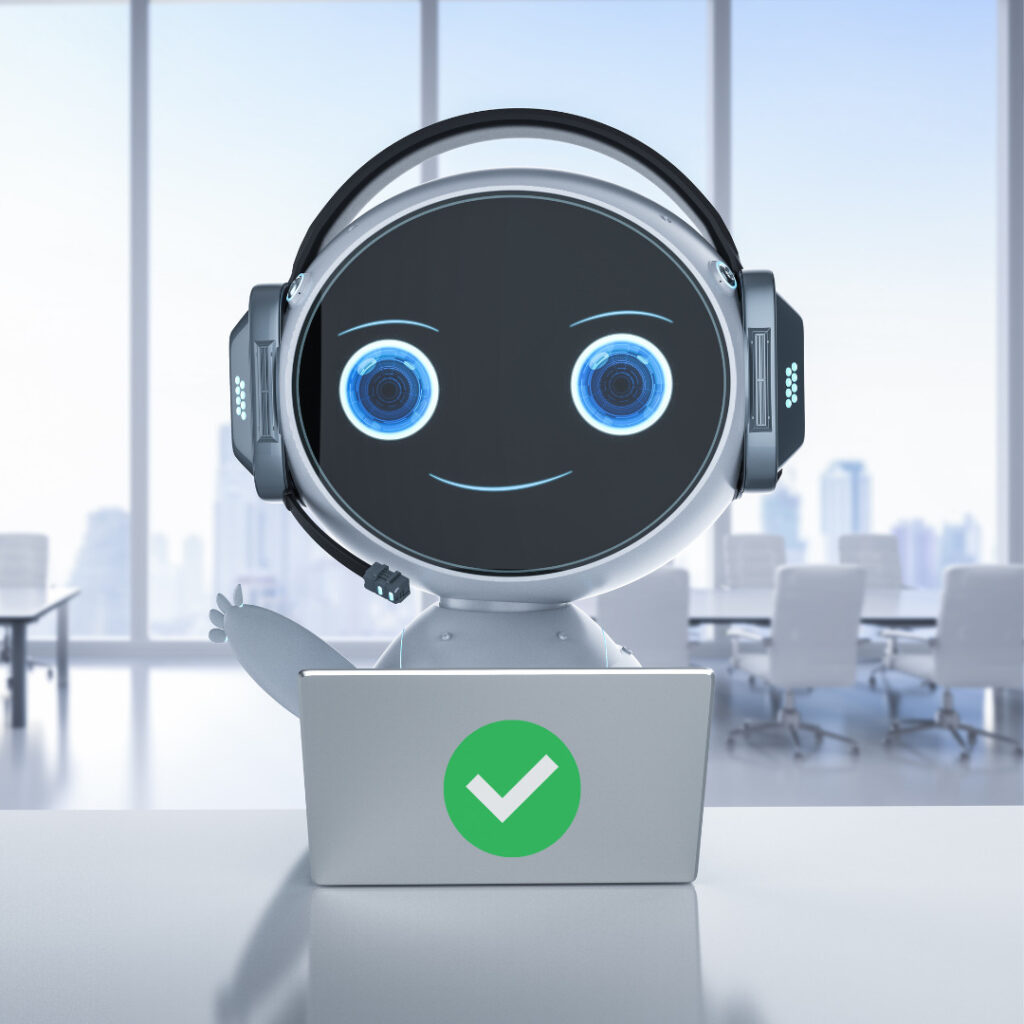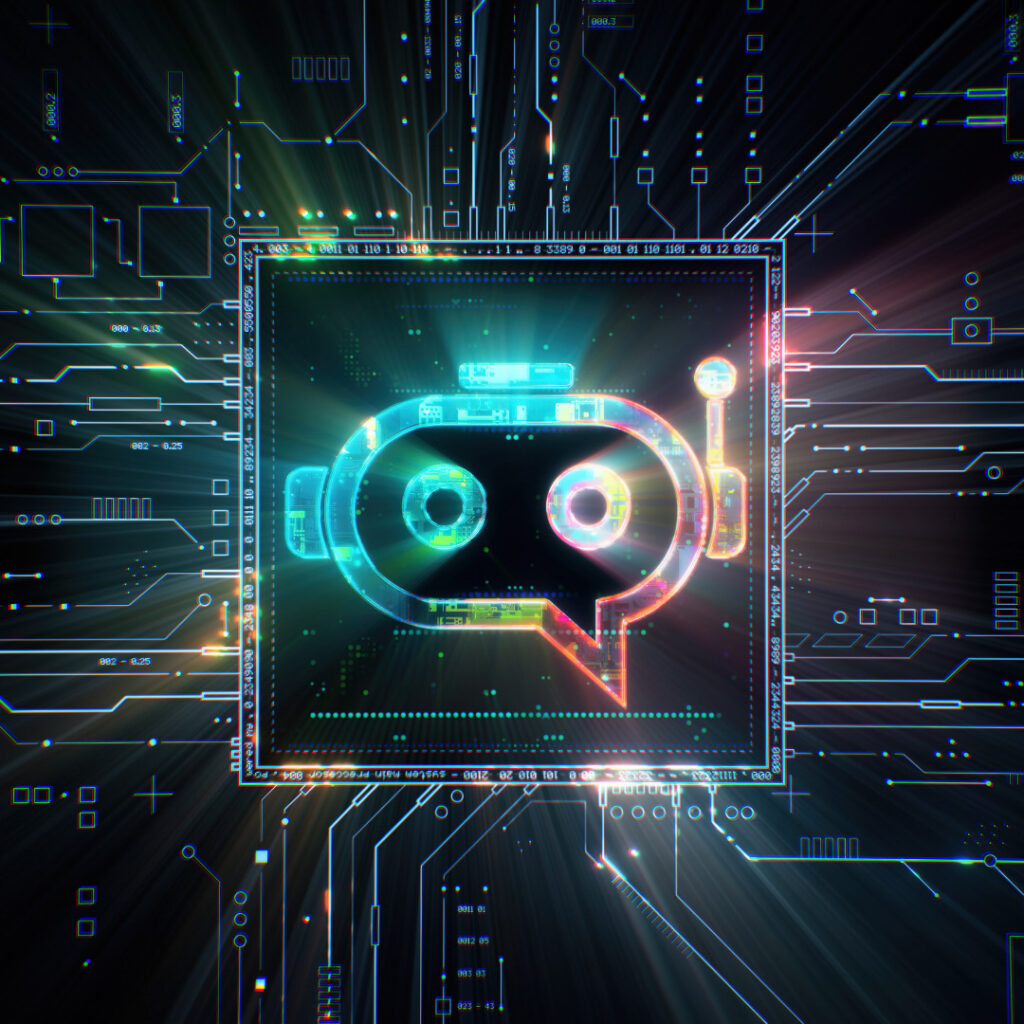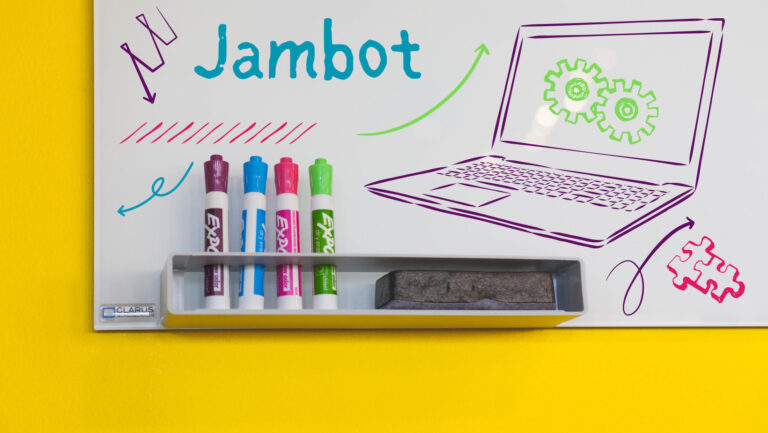A Quality Assurance Engineer Explains Features of Testing AI-based Chatbots
Today, as 10 years ago, the use of chatbots to quickly resolve customer issues is commonplace. Early chatbot assistants were essentially only a list of pre-planned answers to keywords. Now, chatbots are complex systems that possess information and are able to share it with users in a high-quality manner. They are also able to adapt […]
QA/Testing

Today, as 10 years ago, the use of chatbots to quickly resolve customer issues is commonplace.

Early chatbot assistants were essentially only a list of pre-planned answers to keywords. Now, chatbots are complex systems that possess information and are able to share it with users in a high-quality manner. They are also able to adapt to the user and his or her manner of communication.
Thanks to this, the user does not feel constrained during chat. He or she can freely ask any question in any language without worrying that he or she will not be understood.
However, despite the fact that AI-based chatbot systems can do almost everything right out of the box — it is enough to set a certain list of key tasks and a knowledge base — the possibility that artificial intelligence may give an unclear or incomprehensible answer to the user still remains. That is why, as in the case of any other system, before giving the user access to it, the system must be tested.
Testing Strategies
As with any other software product, the QA team should create an individual testing strategy for the chatbot. A chatbot can only be effective if it understands the context in which it operates. To do this, developers must “teach” the program different categories of words and specific terms.
Let’s say we have a coffee shop chatbot that allows users to place orders. You can list the options and make them clickable or teach the bot to recognize orders. In the first case, it may be easier for developers, but less convenient for users.

To determine whether the bot is familiar with the underlying entities, the QA engineer must perform domain-specific testing. It’s important to check that the chatbot understands all the coffee-related terms that customers might use.
Do not forget about field validation for user input. Data validation should be instantaneous and accompanied by a corresponding message. The message can show an example of a valid email address, mobile number, etc., or simply report an error. If the entered data is valid, the user should see a “success message” – confirmation the system has received one’s data and recognized it as valid.
Elements and Ongoing Maintenance
Chatbots often show buttons with multiple answers, provide links to a brand’s website or other resources, and have cards with embedded information or other images. All these elements must be functional – links should lead to the right sources, images should be optimized and displayed correctly, and all response threads should be connected so that the conversation does not end abruptly.
You should check the entire thread, looking for broken links, graphic elements, and gaps in logic.

In general, testing chatbots is not an easy task. Work on a software solution does not end with its release – the chatbot will need maintenance and, probably, improvements. After launch, the company begins to receive user feedback, which is always accompanied by useful ideas for improving quality.
Don’t forget that a chatbot can learn from interactions with users. Detailed analysis of user requests, bot responses, missed requests, etc. helps collect data that can be used to improve the user experience. And each new version of the bot will require a set of tests to check its quality.
Whether you’re looking for a quality assurance services or a fully developed custom application, Swan Software Solutions provides IT services. To find out more about how we could help your company, schedule a free assessment.




